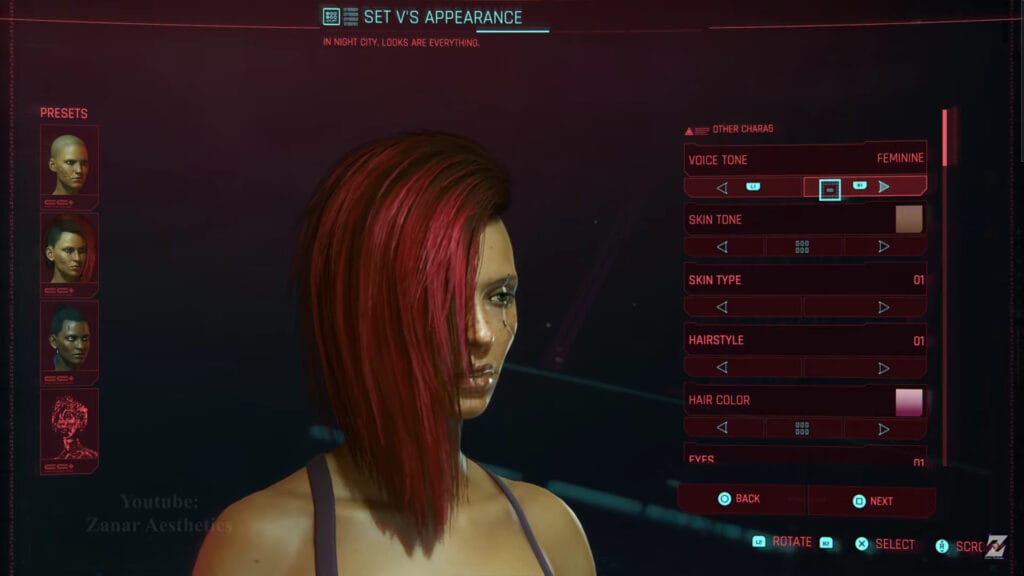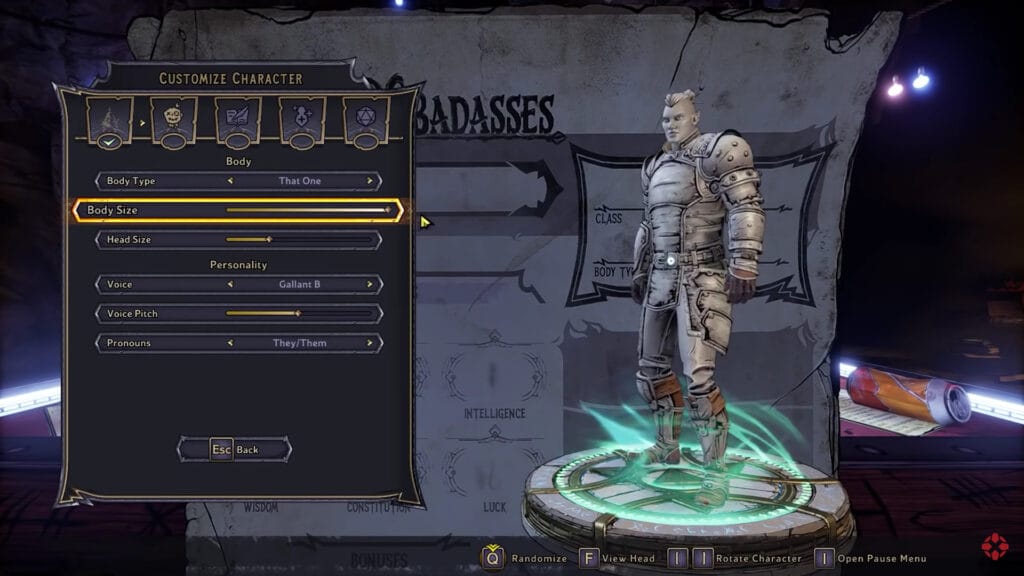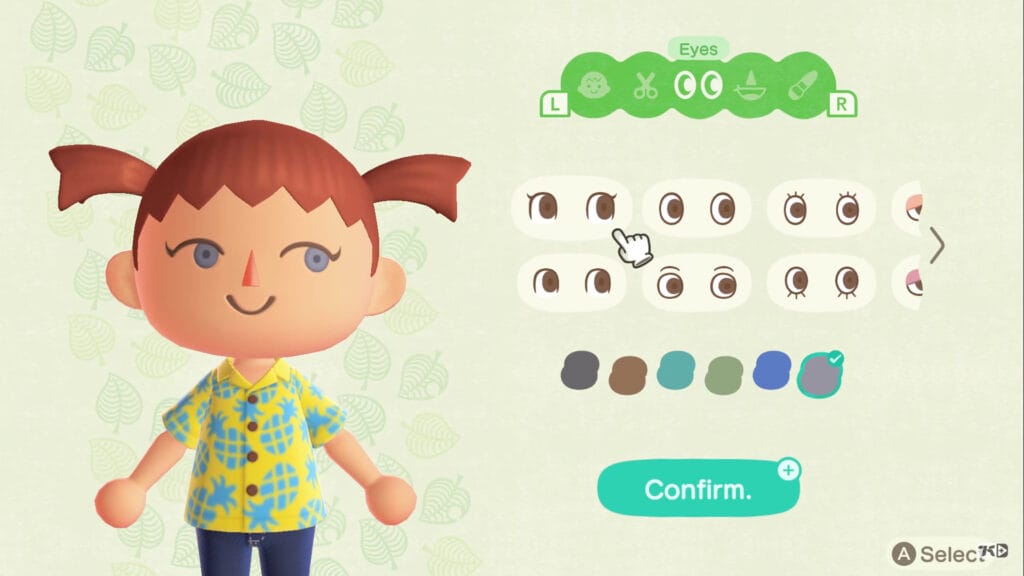Transgender Awareness Week is a week when transgender people and their allies take action to bring attention to the trans community by educating the public about who transgender people are, sharing stories and experiences, and advancing advocacy around issues of prejudice, discrimination, and violence that affect the transgender community.
In the early pandemic days of 2020, renditions of “Bubblegum K.K.”, cottagecore design codes, and stalk market discourse swept over the gaming community as Animal Crossing: New Horizons arrived at the perfect time to offer gamers a much-needed respite from lockdown. The latest installment in a long-running series, New Horizons quickly became a sensation, both within the dedicated life simulation fandom and without, as players lauded its substantial improvements to the series’ charming artstyle and breadth of customization. One improvement was deceptively simple: it was the first Animal Crossing game that did not require the player to choose a gender for their character, with all villagers having access to the entire roster of hairstyles and clothing. The change went largely unnoticed, but it signified Nintendo’s recognition of how inconsequential gender binaries are in a game about managing an island with singing dogs and tanuki debt collectors.
This change in Animal Crossing: New Horizons was important, if subtle, and it is part of a larger trend in the gaming industry to move beyond the binary gender restrictions of the past. After games like Elder Scrolls and Dragon Age established a binary approach to character creation as the undisputed norm, these standards are increasingly being reevaluated. And yet, while these efforts are well-intentioned, many recent games continue to fall short in their attempts to accurately represent transgender, nonbinary, and gender nonconforming people.

Take Saints Row (2022), for example, which also does not require players to designate their character’s gender. The player character, simply referred to as the Boss, has unrestricted options for groin and breast size, body shape, and voice types, providing players a refreshingly flexible way to build the character they’ll use to dominate the streets of Santo Ileso. The queerness stops there, however, and the Boss – when envisioned as a trans character – is alone in their transness in a world that was clearly not made with them in mind. For a game that values larger-than-life characters from all walks of life, Saints Row is strangely sanitized of all mentions of gender and sexuality. Apathy towards gender representation in Saints Row paints transness as a non-issue, but its lack of trans characters tells trans players that while they are not being discriminated against, they are also being ignored.
CD Projekt Red’s Cyberpunk 2077 is perhaps a more daring take on character creators, but it too fumbles its attempts to be truly progressive. Unlike Saints Row, Cyberpunk 2077 players must choose between a feminine and masculine body for V, the player character. Furthermore, this decision comes with the constraint of predetermined hairstyles that are assigned to each body type. Beard options are also exclusive to masculine body types, and the voice that players pick for V determines his or her pronouns, with no option for they/them pronouns. On September 21st of 2023, CD Projekt Red released a massive update to Cyberpunk 2077 that revamped and overhauled existing systems in the game for a more realistic and customizable experience. However, the character creator was not changed to uncouple pronouns from voice type, hair styles, and body type. In a world where the body is so easily customizable and self-expression is more fluid than ever, Cyberpunk 2077 still feels shackled down by binary conceptions of gender.

Cyberpunk 2077 misunderstands LGBTQ people in more places than just its character creator. It suffers from inconsistent depictions of queerness, some of which feel truly authentic, while others feel more like window dressing intended only to reinforce the grittiness and libertine culture of Night City. At times, it becomes painfully clear that its queer content is designed primarily with a non-LGBTQ audience in mind. While the game does feature an endearing and authentically written trans character in Claire (voiced in English by Maddie Taylor), other inclusions of trans people are less tasteful. Even before the game’s release, an in-game poster featuring a transfeminine character drew controversy due to the attention put on her genitalia (read more about the poster here). The caption on the photo reads, “Mix it up”, both as a reference to the drink she is advertising and the fact that her body does not match that of a cisgender woman. For a game that views body modification as an everyday occurrence, it is inauthentic at best and offensive at worst to use transgender bodies for shock value. Ironically, players are not allowed to change the gender they chose for V at any point in the game, despite CD Projekt Red releasing an update in 2022 that introduced an option for players to re-customize their character’s appearance.
The opportunity to create characters that better portray trans, nonbinary, and gender nonconforming people is a step forward in inclusion while also exposing inherent problems that have few clear solutions. This newfound freedom in character creation has introduced a number of challenges, as expansive customization features have prompted players to push the boundaries of extreme character design. Street Fighter 6 gave players the option to design their own fighter in the single player campaign, and images of players’ custom fighters quickly took the internet by storm. Unfortunately, some of these custom characters embodied outdated stereotypes of LGBTQ people, such as pairing a masculine figure with facial hair, campy makeup, and conventionally feminine clothing.
俺のアバターも相当だと思ったけど、すげーやべー奴がいたw pic.twitter.com/PH3bj5TR40
— ちゃか坊 (@tyakabou) October 7, 2022
Perhaps these custom fighters were not ill-intentioned, but underlying what makes these caricatures humorous is the mockery of the exploration of gender identity and expression often used to target gay men and trans women. Customization certainly allows players to be unbound by binaries and body types, but taking a simple ‘mix and match’ approach to gendered characteristics can result in players recreating harmful stereotypes. Removing gendered restrictions is a necessary-but-not-sufficient step to achieving accurate depictions of gender diversity.
And while it may not be possible to entirely stop players from enacting harmful stereotypes, the way a game portrays trans and nonbinary characters outside of player customization can go a long way in communicating the developers’ intent.

The GLAAD Media Award nominee Tiny Tina’s Wonderlands is a step in the right direction. It compromises none of the inherent silliness of character creators, allowing players to create a range of heroic to downright strange protagonists, but it never makes trans players the target of the jokes it tells. The lack of gender-specific body and voice options, a voice pitch customizer, and multiple pronoun options are just a few of the ways it seeks to include trans, nonbinary, and gender nonconforming players. Unlike Cyberpunk 2077, Tiny Tina’s Wonderlands allows players to change their pronouns – and just about every other part of their character’s appearance – at any point in the game, and the side characters address the protagonist with the new correct pronouns. A number of delightfully queer and trans characters populate the story as well, reminding LGBTQ players that they are not alone in the adventure they embark on. Tiny Tina’s Wonderlands may lack some of the deeper customization that other games boast, but everything the game does include is unapologetically trans-inclusive.
Authentic LGBTQ representation within character creation and games themselves is a work-in-progress and a welcome course correction from the overtly homophobic and transphobic characters and storylines of the past. However, video game creators still have some work to do to amend these mistakes and improve even further upon existing systems. Whether players prefer the high-intensity gunplay of Saints Row or the charming, cozy crafting of Animal Crossing, trans players deserve to see themselves represented in both the characters they play and the worlds they explore.













